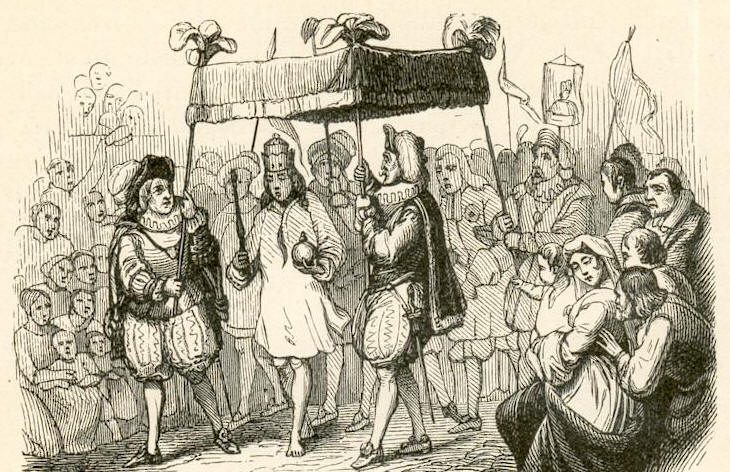by Dennis Crouch
The Federal Circuit's practice of issuing no-opinion affirmances under Rule 36 is facing renewed scrutiny in two recent petitions for rehearing en banc. In UNM Rainforest Innovations v. ZyXEL Communications Corp. and Island Intellectual Property LLC v. TD Ameritrade, Inc., the petitioners argue that the court's use of one-word Rule 36 judgments allowed it to sidestep key legal and factual issues raised on appeal. These petitions highlight ongoing concerns about the Federal Circuit's frequent use of Rule 36 and its impact on patent law development. The failure to provide an explanatory opinion is an appellate-procedure issue - the two patentees also argue that the lower tribunal made substantive legal errors.
I don't see the court as having a truly nefarious reason for its common no-opinion judgments, but the situation does call to mind the ancient fable about the emperor's new clothes adapted and popularized by Hans Christian Andersen.
To continue reading, become a Patently-O member. Already a member? Simply log in to access the full post.
